Five Years On, the Maranao Are Still Unable to Return Home
Marawi, Philippines — The road into Marawi City that snakes Lake Lanao is idyllic, surrounded by lush greenery endemic to the southern Philippine island of Mindanao. But the dusty path leading to the lake’s northern shores soon unfurls a devastated city of hollowed-out buildings pummeled by bullets — scars left from intense urban warfare.
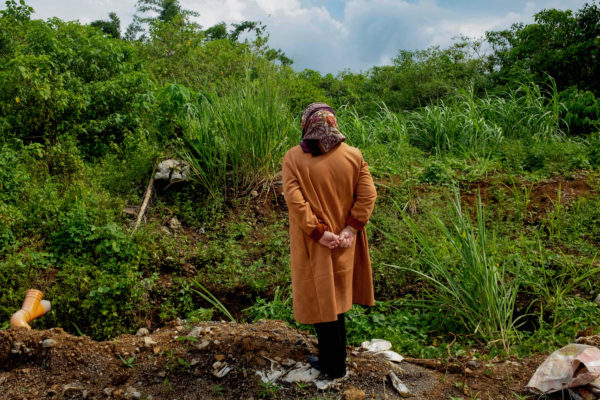
On May 23, 2017, jihadists loyal to the Islamic State (IS) took Marawi by force. In the ensuing five-month battle between jihadists and the Philippine military, known as the Marawi Siege, more than 1,000 people were killed and 98 percent of the population — nearly 350,000 people — was internally displaced.
It has been five years since the Siege ended, and the government has steadily built infrastructure projects right at the heart of where the firefights took place, including a cultural center, a sports complex, and road networks. But what’s missing from the city’s rehabilitation are the inhabitants — the displaced Maranao, or “people of the lake,” who have been waiting to return to their ancestral lands along one of the oldest lakes in the Philippines. Without them, the gleaming new structures, meant to be a lasting legacy of the Duterte administration, serve only as an eerie contrast to the lifeless and desolate streets that still bear the traces of war.
This past May, on the fifth anniversary of the Siege, Bae Anisah Guro visited her ancestral property within Ground Zero, a prime section of land overlooking the lake that suffered the brunt of the gunfire. Her plot of land was unrecognizable, she said — except for the bamboo trees, which once bordered her house.
Guro now lives in a small apartment with her family along Raya Saduc, a stone’s throw from Ground Zero. She works as a school district supervisor and was once in charge of eight elementary schools and one high school before the Marawi Siege. Each barangay, or village, had its own school. Today, she oversees the three remaining schools that have been moved to temporary learning shelters in Sagonsongan, Marawi.
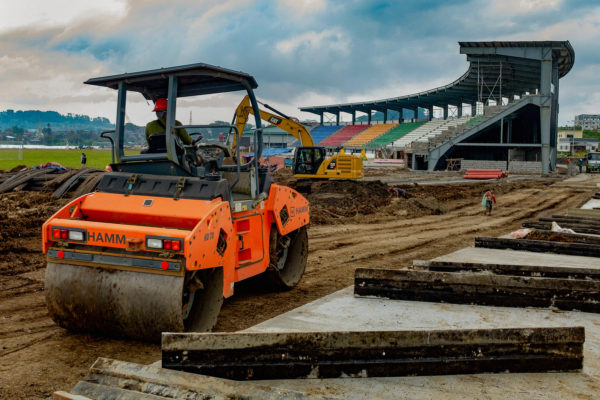
Like many others, Guro has not been allowed to return to her land, which once included a residential house, an Islamic school, a small pharmacy, and a commercial space. In a meeting with government officials in Manila shortly after the Siege, Guro was told that her land would only be affected by a road-widening project. But in 2019, her property was demolished with neither justification nor her consent. No identifying markers were left on the lot.
That same year, Guro filed a complaint at the office of the city mayor. “I submitted all the necessary papers with proof the land belongs to my family,” she said. “But I am still waiting for permission to rebuild what was lost.” It has not been communicated to her what will happen to her property, but an initial construction plan posted in 2019 outside Ground Zero revealed that a heritage museum was slated to occupy her plot.
The Duterte administration boasted that 95 percent of their laid-out rehabilitation plans would be completed before the end of his term in June, but two months later, 28 percent remained unfinished.
A series of inaugural ceremonies were held by the government to commemorate each newly-built building inside Ground Zero. Guro did not attend a single one. “How can I celebrate with them when my own home is still in rubbles?” Guro asked. “What good are these building projects if there are no people around to use them?”
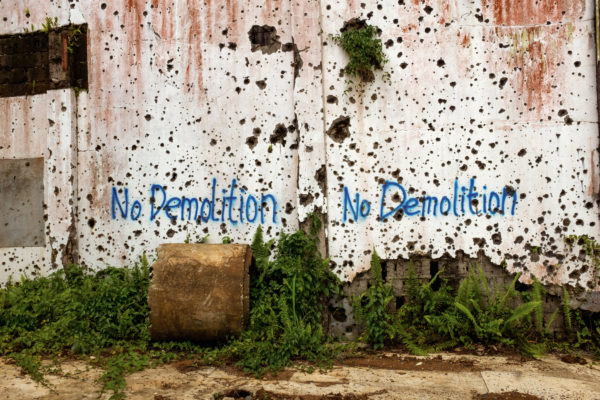
The Marawi City government identified 2,800 internally displaced families (mostly informal settlers) who lived at Ground Zero, and in the danger zones of Lake Lanao and the Agus River. As of October 2021, 657 permanent housing units have been built out of the 2,776 targeted homes through coordination with the National Housing Authority, UN-Habitat, and the Government of Japan in the barangays of Kilala, Gadongan, Dulay West, Dulay Proper, and Patani in Marawi. 620 units are now occupied by IDPs. By the end of May 2022, UN-Habitat provided 1,000 homes. But 120,000 internally displaced persons (IDPs) remain displaced to this day.
Not all families in the predominantly Muslim region carry formal land titles that are recognized by the Christian laws that preside over the rest of the country, which poses a problem with filing claims.
Housing Secretary Eduardo del Rosario claimed in a recent press conference that many locals did not want to go through the process. "If we allow them to just come in without the regulatory powers being imposed by the city government, it will be chaotic,” he said. “They will end up fighting because there are so many claimants in one or two lots.”
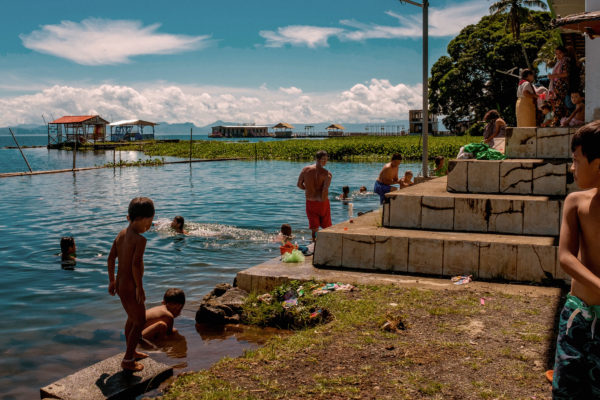
Residents are disappointed with the lack of a recovery plan for IDPs, and basic utilities like water and electricity have yet to be reinstated. The national government channeled only Php 10.7 billion of the estimated Php 350 billion foreign donations pledged for the rehabilitation of the war-torn city. When del Rosario was summoned by the Commission of Appointments and questioned about the remaining pledges, he claimed that the balance monies were channeled by other countries through NGOs who coordinate their projects with local officials. The task force admitted to lapses in procurement and implementation, also causing further delays.
Residents suspect that the government’s plans to commercialize the city, making it a tourist spot for neighboring provinces in Mindanao, may account for its haste in pushing through demolitions and building permits — and preventing the IDPs from returning.
The lockdowns imposed by the local government during the onset of the COVID-19 pandemic in 2020 aggravated living conditions for the IDPs, who were relocated to transitory shelters in the villages of Sagonsongan, Boganga, Dulay, and Rorogagus in Marawi. Due to severe quarantine protocols, movement was limited, which not only affected people’s livelihoods but also impeded their access to water and sanitation.
All the schools inside Ground Zero have been demolished. Instead, the government constructed a singular integrated school to accommodate the teachers and students from all levels. “Does this mean the old schools and villages will cease to exist?” Guro wondered.
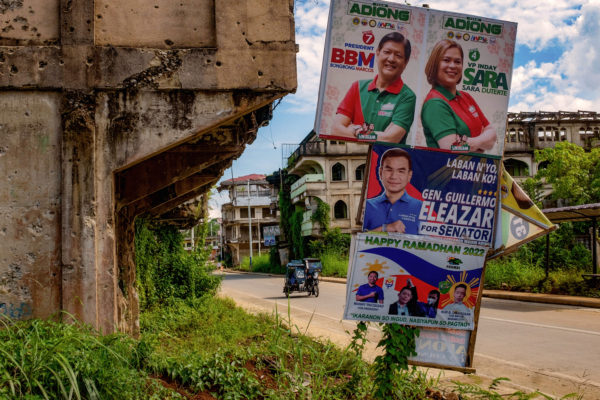
In October 2021, during the last Department of National Defense (DND) budget hearing before the Senate, the Philippine Army Commanding General Andres Centino said Php 188.16 million was allocated in 2019 to fund a 10.2-hectare military camp on a hilltop overlooking the lake and the entire city using private land owned by the internally displaced Maranao. The project was deferred, but the DND is expected to resubmit details of the project with a larger budget of Php 297.1 billion for this year.
Meanwhile, IS militants are predicted to take advantage of these dire conditions to gain new recruits among the displaced residents, who are exasperated with the slow rehabilitation process.
Newly elected Philippine President Ferdinand Marcos Jr. is confident that the rehabilitation work has been completed by his predecessor, and failed to mention his plans for the Maranao in his first State of the Nation address. But local Maranao leaders are hopeful that the new administration will allow for a dignified return of its internally-displaced residents.
As Guro nears retirement, she will continue to oversee the temporary learning spaces in Sagonsongan so the children affected by war may have access to a decent education. She has come to terms with the possibility of not being able to return to her land in this lifetime.
“Even if we do not live to see it, we hope that the children we leave behind will be able to have a glimpse of the beauty of Marawi.”
More articles by Category: International
More articles by Tag: Asia, Philippines



























